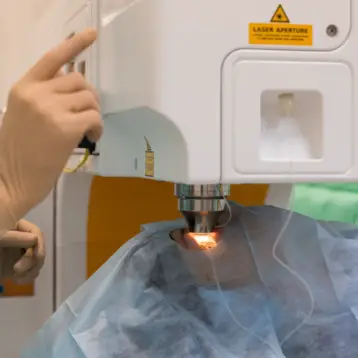|
Vaccination is widely used as a preventative measure against bacteria and viruses, and the development of vaccinations against a wide variety of pathogens is one of the main goals of modern medical research. Vaccination is an ideal treatment because it has a stronger effect than other treatments that are used after infection and has fewer side-effects. However, scientists did not manage to develop effective vaccinations for a lot of pathogens- such as bacteria, viruses and parasites- using the traditional approaches. The nanoparticles developed at EPFL can help overcome most of the obstacles encountered by traditional vaccination methods.
In order to make the immune system ‘remember’ a pathogen, the pathogen itself or a molecule representing it (called antigen) must be introduced to cells in the immune system. Cells named dendritic cells are responsible for representing an antigen to the B-calls and T-cells, which are the cells that memorize the antigen. Recent research has shown that presenting the antigen to the dendritic cells is more effective than presenting it directly to the B-cells. The problem is that delivering the antigen to the dendritic cells is not a simple task, since these cells are only found in small quantities near the skin or near other tissues contacting the external environment. Moreover, in order for the dendritic cells to become active, a signal of infection must be generated. The new methodology developed by Reddy, Swartz and Hubbell overcomes these two difficulties.
Using nanoparticles to carry the antigen, a specific delivery to the dendritic cells can be achieved. The particles are only 25 nanometers in size, tiny enough to cross the skin’s extracellular matrix and make it to the lymph node where dendritic cells are abundant. The particles’ coating mimics a bacterium’s cell wall, causing the “complement” system, a part of the immune system, to be activated. These two characteristics of the nanoparticles make them especially useful for vaccination.
This nanoparticles based vaccination should be cheaper compared to traditional vaccinations, and is also easier to handle. The EPFL team says that when you have the prescription, the nanoparticles can be easily produced in the lab. Furthermore, the particles are in liquid form and do not require refrigeration, making this vaccination methodology easily applicable in the developing world.
According to its creators, this technique will provide durable immunity after a single injection, costing around one U.S. Dollar per dose. Sai Reddy and his colleagues are already working together with the Basel-based Swiss Tropical Institute on a vaccine against malaria (a disease that kills between 1-3 million people annually worldwide). They are also looking at possible ways of adapting the method to eradicate cancer cells. For the moment, the scientists believe that it will take at least five years to turn this invention into a commercial product.
More information can be found on the KPMG website.










